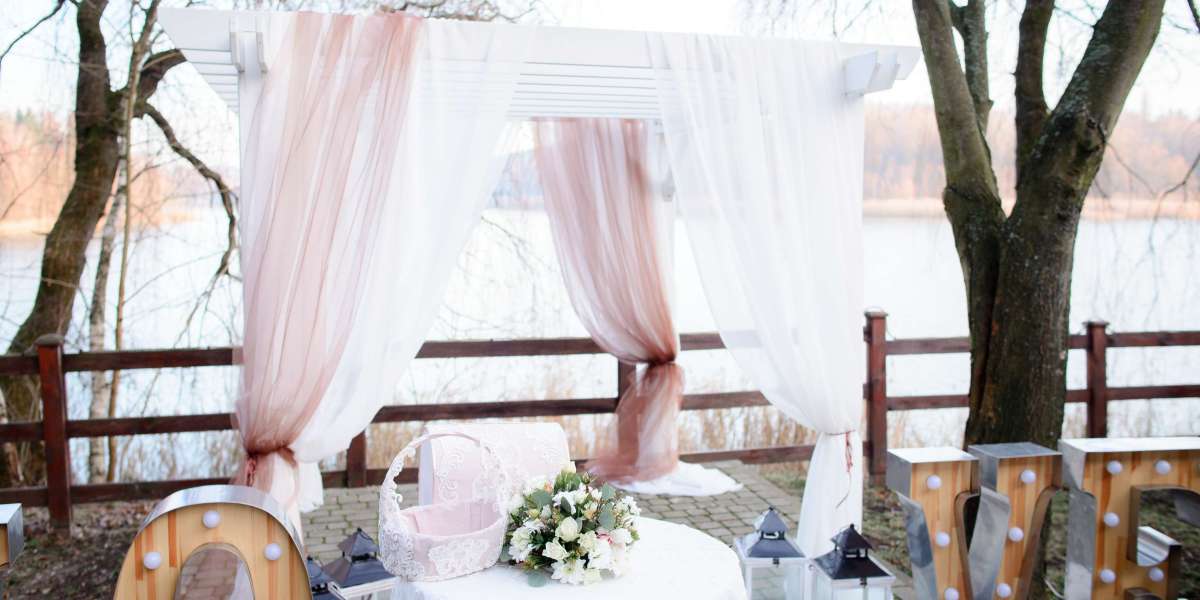1. Sight: Designing a Visual Narrative
Your décor is often the first thing guests notice—but to make it more than beautiful, give it meaning.
Color palettes inspired by the local landscape (desert neutrals, sea blues, date palm greens)
Patterns and textiles that nod to regional design—think mashrabiya motifs, Emirati embroidery, or Arabic calligraphy
Tablescapes or installations that tell a visual story (like a curated timeline of a couple’s relationship or a journey map through heritage)
Don’t just style a space—paint a picture. Let your visuals act as chapters in your story.
2. Smell: Scent as a Cultural Signature
Scent is the most emotionally triggering of all senses. In the UAE, it’s also a deeply rooted part of hospitality.
Use aroma to:
Welcome guests with oud diffusers or bakhoor at the entrance
Infuse dining or lounge areas with subtle scents like rose, amber, or citrus
Add a scented stationery touch—like perfumed menus or invitation suites
Gift custom fragrance blends as keepsakes
When done intentionally, a signature scent becomes a memory marker—bringing your event back to life in a single breath.
3. Sound: Curating Cultural and Emotional Flow
Sound shapes mood more powerfully than you might think.
Start with ambient sounds—traditional instruments like oud or qanun during arrival
Mix in modern reinterpretations of regional music (Arabic lounge, instrumental fusion)
Use sound cues to guide transitions—subtle shifts between ceremony, dinner, and after-dark
Don’t forget the natural soundtrack—the hush of the desert, the hum of the sea, or the echo of a courtyard
When guests feel emotionally anchored in each moment, your event becomes more than a sequence—it becomes a story arc.
4. Taste: Serving Identity on a Plate
Food is storytelling at its most intimate. It's culture you can consume.
Make it meaningful by:
Designing a progressive menu that takes guests through regions or personal heritage
Incorporating traditional Emirati dishes with modern presentation
Offering interactive food moments—like dates and coffee stations, spice bars, or olive oil tastings
Using local ingredients and telling the story behind them on mini menu cards or via your servers
Taste becomes a cultural connection—not just nourishment, but narrative.
5. Touch: Tactile Beauty and Comfort
Guests may not realize it, but their sense of touch impacts everything—from how luxurious an event feels to how personally connected they are.
Bring intention to touch by:
Using rich natural textures: linen, raw silk, wood, clay
Offering tactile keepsakes like handwoven fans, embroidered pouches, or ceramic coasters
Designing interactive elements—a guestbook wall, a fabric ribbon bar, or a message-in-a-bottle station
Styling lounge areas with comfortable layers—soft throws, textured cushions, hand-beaded detailing
The goal is to let guests feel the culture—literally.
Weaving It All Together: Your Event as a Journey
When every sense is considered, your event becomes more than a celebration. It becomes transportive—an immersive reflection of culture, identity, and experience.
But remember: multi-sensory doesn’t mean busy. It means balanced.
Start by asking:
What story are we telling?
What emotion do we want to evoke at each point in the event?
What cultural roots or personal details can shape those sensory moments?
From there, curate each layer with purpose. Each touchpoint becomes a page in a story that guests don’t just observe—but live.
Final Thought: Culture is in the Details
Whether you're designing an intimate wedding, a family gathering, or a boutique corporate event, weaving culture through the senses turns design into meaning.



